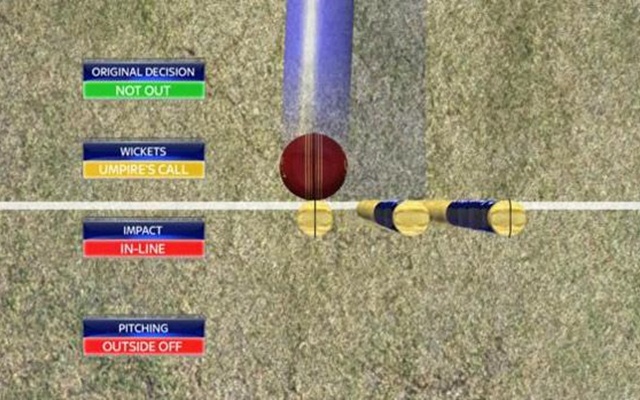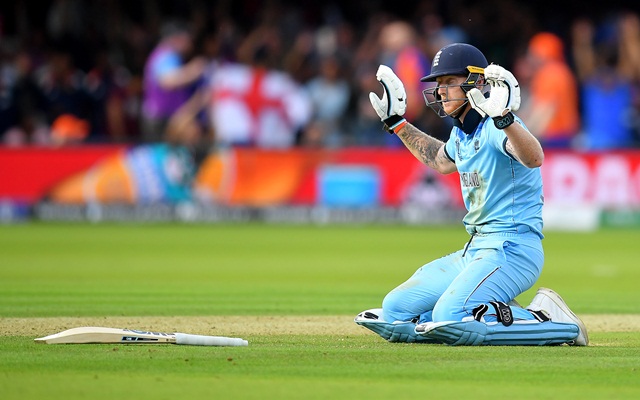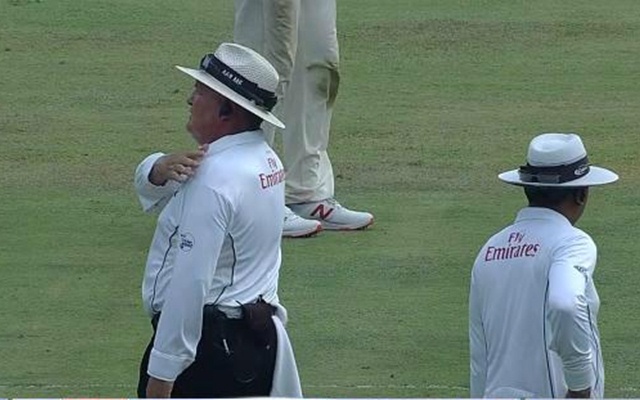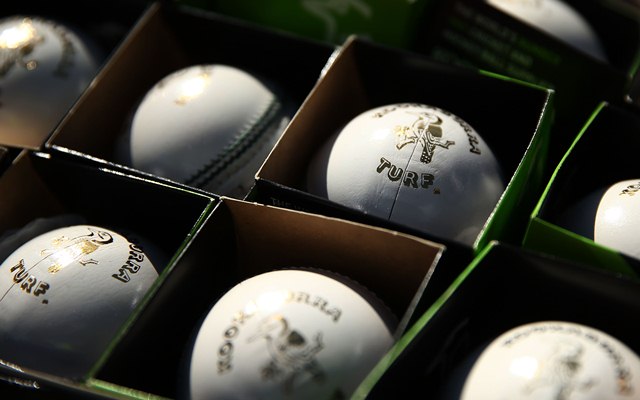5 Cricket rules that need to be changed immediately
Have you ever tried to dig deep into a rule and assess its shortcomings?
2 Min Read


Umpire’s call. (Photo Source: Twitter)

The unpredictable nature of sport always keeps throwing interesting events one after the other. Every event having a complexity of its own. And the beauty of sport lies in the fact that it possesses the ability to give rise to very rare situations that need to be handled well.
There have been various scenarios in the world of sport that have created controversy pertaining to the rules in place. The Cricket World Cup final that took place on 14th of July 2019 is the most recent example of the same. As humans, we often conveniently ignore the rare outcomes without duly preparing for them.
Have you ever tried to dig deep into a rule and assess its shortcomings? Many of us would have brushed off some rare scenarios thinking that they won’t matter much because there is no World Cup at stake. But the World Cup final truly taught us to think of every possible rule carefully and make necessary changes if needed.
Here are 5 Cricket rules that need to be reconsidered for the betterment of the game.
Team with the higher boundary count wins a tied Super Over

The highly entertaining 2019 World Cup final ended in a tie. The Super Over that followed also dramatically ended in a tie and the two sides just could not be separated. And hence the team that hit more boundaries won the World Cup. Can you believe it?
Imagine watching this World Cup final with a young cricket fan or a random person who hasn’t followed the game for a while. Now try explaining this rule to them. Won’t they be astounded? How can a match be awarded to some team just because they were better than the other team in just one particular department?
By considering the number of boundaries hit, isn’t the game being more inclined towards the batsman? Cricket is a contest between bat and ball and both the departments must have their own importance. The current rule which takes the number of boundaries into consideration completely ignores the effort of the bowlers.
If there is no better rule to handle this kind of a situation, then the trophy must be shared by both teams. There should not be any rule that favours only one particular department. And hence, this rule that considers the number of boundaries in case of a tie must be done away with.
Runs given if the ball ricochets off the batsman

England needed 9 to win from 3 balls in the World Cup final against New Zealand. But what followed was a serious blunder that left the entire world stunned. In his pursuit of 2 runs, Ben Stokes dived into the crease and the throw from the fielder hit Stokes’s bat to ricochet off to the boundary. The umpires awarded 6 runs to England that truly turned the game on its head.
In this situation, neither the batting team nor the fielding team was at fault. So was it not unfair to New Zealand when the umpires gave 4 additional runs to England for the overthrow?
An overthrow comes into place when the fielder misses a throw in his/her attempt to hit the stumps. But this was a different case. The ball should have been declared dead post hitting Ben Stokes’ bat. England should have been awarded only 2 runs.
If the fielding team is not at fault, they must not be charged for the same. This rule for extra runs for overthrow post the contact with the batsman needs to be reworked. It cost New Zealand a World Cup!
Batsman allowed to retain strike even after deliberately attempting a short run

A short run is when the batsman does not complete the necessary distance needed to score a run. If the bat fails to cross the popping crease, then the preceding run is not considered and a short run is declared. The following example throws more light on the same.
In IPL 2017, Mumbai Indians were chasing Kings XI Punjab’s score of 230 and required 16 runs from 6 balls. Kieron Pollard was on strike and hit the 1st ball straight down the ground. Mumbai desperately needed Pollard to be on strike for the next ball and hence he wanted to run back for a second. But having realised that the two runs were not on offer, Pollard deliberately ran the first run short to get back to the striking end before the throw reached the keeper.
Mumbai got just a solitary run but more importantly, Pollard was back on strike. The current law states that in case of a deliberate short-run, no runs are awarded and the not-out batsman retains his/her strike. But this law does not serve the purpose when the match is close with a good batsman playing at one end.
Even though Pollard’s short-run strategy was an obvious ploy to regain strike, the umpires did not intervene and he hit the following ball for a six which is again controversial in case the match goes down to the wire. Hence, the current rule which allows the batsman to retain strike definitely needs to be changed.
Use of 2 new balls from each end in ODIs

In October 2011, ICC decided to introduce two new balls from each end in ODI cricket. The committee felt that by using two new balls, the fast bowlers would achieve better swing and the balls would remain in good shape throughout. But this rule does have a second side to it.
Bowlers received a massive boost when the art of reverse swing developed a few decades ago. The lethal duo of Wasim Akram & Waqar Younis was famously known for their art of moving the old ball in the latter part of the innings. But the presence of an old ball is the key to obtain reverse swing.
Now that two new balls are in use, the art of reverse swing is slowly fading away. Also, the spinners generally prefer the old ball since it gives them a better grip. The use of two new balls makes a spinner’s job much more difficult. It is often observed that the batsman finds it easier to hit the new ball as compared to the soft ball.
Hence, the number of runs scored in the death overs has drastically increased in the last few years and that is one of the reasons for 350+ totals that are achieved often in modern-day ODIs. The use of a single ball will not only help the spinners but also bring the fading art of reverse swing back in the game. This would, in turn, make the contest between bat and ball even better.
Umpire’s call in DRS

The Decision Review System has now become an integral part of international cricket. The use of technology has helped decrease the manual errors, making the game more competitive. But what is this ‘Umpire’s Call’ that often becomes a tough rule to comprehend?
The current rule states that in order to overrule an on-field decision, the middle of the ball must hit any part of the stumps that falls below the lower edge of the bails and between the inside half of the outer stumps. Now read it again! It does sound a bit complex. In simple words, if less than 50% of the ball goes on to hit the off-stump or the leg stump, then the DRS will uphold the decision of the on-field umpire.
In all likelihood, even 10% of the ball is enough to dislodge the bails (assuming that a cricket ball has a diameter of 2.8 inches and the stump has a diameter of 1.5 inch). So why is it necessary for more than half of the ball to hit the inside half of the outer stumps.
If the on-field umpire calls it not-out and the DRS shows the ball just clipping the stump (less than 50%) which is good enough to dislodge the bail, the decision would still be not-out. So the batsman who should have been out continues to play since ‘Umpire’s Call’ has been supported.
The margin of 50% of the ball needed to hit the stumps could be decreased to 25% or lesser. And hence by changing the existing law, the fielding team won’t be robbed of a much-deserved wicket.
Download Our App